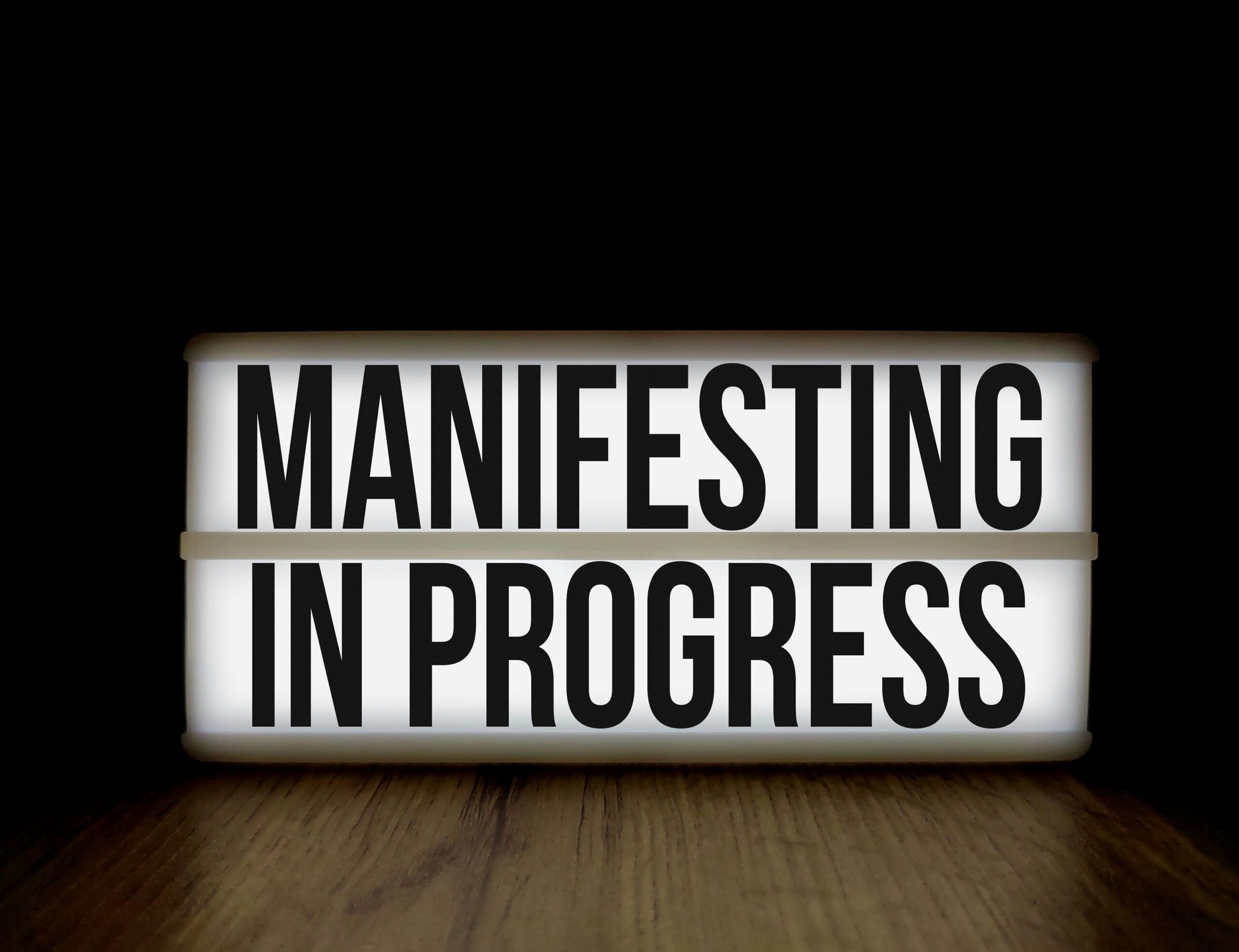Success isn’t just about reaching destinations—it’s about aligning your journey with what truly matters to you, creating a roadmap where dreams and values intersect.
In today’s fast-paced world, countless people chase achievements that look impressive on paper but leave them feeling empty inside. The difference between hollow accomplishments and genuine fulfillment lies in one critical factor: alignment between your goals and your core values. When you set goals that resonate with your deepest beliefs and principles, you unlock a powerful force that propels you toward visionary success—the kind that transforms not just your circumstances, but your entire life.
This comprehensive guide explores how to achieve your dreams by creating goals that authentically reflect who you are at your core. We’ll dive into practical strategies, psychological insights, and actionable steps that will help you design a success blueprint tailored specifically to your unique value system.
🎯 Understanding the Foundation: What Are Core Values?
Core values are the fundamental beliefs that guide your decisions, behaviors, and reactions. They’re the non-negotiable principles that define who you are when no one is watching. Unlike goals, which are destinations you want to reach, values are the compass that determines which direction you should travel.
Your core values might include concepts like integrity, creativity, family, adventure, security, contribution, or freedom. These aren’t aspirations—they’re already part of your identity. The challenge most people face is that they’ve never taken the time to clearly identify and articulate what their core values actually are.
When you pursue goals that contradict your values, you create internal conflict. You might achieve the goal, but the victory feels hollow. Conversely, when your goals align with your values, every step forward feels meaningful, even when the journey gets difficult. This alignment creates sustainable motivation that doesn’t depend on willpower alone.
The Hidden Cost of Misalignment
Consider the ambitious professional who climbs the corporate ladder, sacrificing family time and personal health, only to realize at the top that career success came at the expense of relationships—something they valued far more deeply. Or the entrepreneur who builds a profitable business in an industry they find morally questionable, experiencing financial success but ethical discomfort.
These scenarios illustrate what psychologists call “cognitive dissonance”—the mental stress that occurs when your actions don’t match your beliefs. This misalignment doesn’t just affect your happiness; it impacts your performance, relationships, and long-term sustainability of success.
🔍 Discovering Your Core Values: A Practical Approach
Before you can align your goals with your values, you need clarity on what those values actually are. This discovery process requires honest self-reflection and some structured exploration.
The Peak Experience Method
Think back to three to five moments in your life when you felt most alive, proud, or fulfilled. These peak experiences reveal your values in action. For each memory, ask yourself: What about this moment made it special? What needs were being met? What principles were being honored?
If your peak moment was completing a marathon, the underlying values might be perseverance, health, or personal achievement. If it was helping a friend through crisis, your values might include compassion, loyalty, or service. The specific activity matters less than the feeling and meaning behind it.
The Frustration Inventory
Your frustrations also reveal your values—they show what matters to you. What situations or behaviors trigger strong negative reactions in you? If dishonesty infuriates you, integrity is likely a core value. If wastefulness bothers you, perhaps conservation or efficiency rank highly in your value system.
Create a list of your top ten frustrations, then identify the value being violated in each case. This reverse-engineering approach often uncovers values you hadn’t consciously recognized.
The Priority Filter Exercise
Download or create a comprehensive list of common values—you can easily find these online. From a list of 50-100 values, narrow down to your top ten, then to your top five. This prioritization forces you to make tough choices that reveal what matters most when you can’t have everything.
Your final five values represent your core—these should guide your most important life decisions and goal-setting processes.
💡 The Architecture of Values-Aligned Goals
Once you’ve identified your core values, the next step is designing goals that embody and express those values. This process transforms abstract principles into concrete action plans.
From Values to Vision
Your vision is the bridge between values and goals. It’s the vivid picture of your ideal future that honors your deepest principles. If one of your core values is family, your vision might include regular meaningful time with loved ones, creating traditions, or living in proximity to extended family.
For each core value, create a vision statement describing what your life looks like when that value is fully expressed. These vision statements become the foundation for specific, measurable goals.
The Three-Tier Goal System
Effective goal-setting involves three levels working in harmony:
- Life goals (3-10 years): Major milestones that represent significant value expression, like building a business based on your creative values or achieving financial independence to honor your freedom value.
- Annual goals (1 year): Significant progress markers that move you toward life goals while staying grounded in current reality.
- Quarterly objectives (90 days): Focused, achievable targets that create momentum and allow for regular course correction.
Each tier should directly connect to the level above it and ultimately trace back to your core values. This creates coherence throughout your goal ecosystem.
✨ The VALOR Framework: A New Approach to Goal Setting
Traditional goal-setting frameworks like SMART goals have merit, but they don’t inherently ensure values alignment. The VALOR framework specifically addresses this gap:
V – Values-Rooted: Every goal explicitly connects to one or more core values. You can articulate exactly which value each goal serves.
A – Authentic: The goal reflects what you genuinely want, not what others expect or what society deems impressive. It passes the “desert island test”—would you still pursue this if no one ever knew about it?
L – Leverage-Focused: The goal creates positive ripple effects across multiple life areas. Values-aligned goals naturally generate compound benefits because they strengthen your foundation rather than creating new contradictions.
O – Outcome-Defined: You’ve clearly described what success looks like, including how you’ll feel when you achieve it. This emotional component is crucial for values-aligned goals.
R – Reality-Tested: The goal is ambitious yet achievable given your current resources, and the path forward doesn’t require violating other core values. There’s no need to compromise one value to achieve another.
🚀 Implementation Strategies: Turning Aligned Goals into Reality
Having beautifully aligned goals means nothing without effective execution. The following strategies help you maintain momentum while staying true to your values throughout the journey.
The Weekly Values Check-In
Schedule a regular appointment with yourself—ideally weekly—to assess alignment. Review your activities from the past week and upcoming commitments. Ask yourself: Did my actions this week reflect my core values? Are my current projects moving me toward my values-aligned goals?
This practice keeps you honest and allows for early course correction before small misalignments become major detours.
Decision Filters Based on Values
Your core values should inform every significant decision. Before accepting a new opportunity, commitment, or project, run it through your values filter. Will this honor or compromise my core values? Does it move me toward my aligned goals or pull me in a different direction?
This simple practice prevents the accumulation of commitments that look good on paper but create values dissonance in practice.
Building Your Values-Supportive Environment
Your environment profoundly influences your behavior and outcomes. Intentionally design your physical space, social circles, and daily routines to support your values and goals. If health is a core value, structure your kitchen and schedule to make healthy choices easier. If learning matters deeply, create space for reading and intellectual growth.
Environmental design isn’t about willpower—it’s about making values-aligned behaviors the path of least resistance.
🌟 Overcoming Common Obstacles to Values-Aligned Success
Even with clear values and aligned goals, you’ll face challenges. Understanding these obstacles in advance prepares you to navigate them effectively.
Social Pressure and External Expectations
Perhaps the biggest threat to values-aligned success is the pressure to pursue goals that impress others rather than fulfill you. Family expectations, cultural norms, and social media comparisons can all pull you toward goals that contradict your values.
The antidote is developing what psychologists call “differentiation”—the ability to maintain your own identity and values while staying connected to others. This means getting comfortable with others’ disappointment when you choose alignment over approval.
The Efficiency Trap
Our productivity-obsessed culture often emphasizes efficiency and speed over meaning and alignment. You might feel pressure to take shortcuts that compromise your values in service of faster results. Resist this temptation. Values-aligned success may take longer, but it’s sustainable and genuinely satisfying.
Remember that the goal isn’t just to achieve something—it’s to become someone. Character development and values integration happen during the journey, not just at the destination.
Values Conflicts and Prioritization
Sometimes your own values come into conflict. Your value of ambition might clash with your value of family time. Your desire for security might contradict your value of adventure. These tensions are normal and require thoughtful navigation rather than elimination.
The solution isn’t choosing one value over another permanently, but rather finding creative integrations and establishing contextual priorities. Perhaps family comes first during certain life seasons while career takes precedence during others. The key is making these trade-offs consciously and temporarily rather than accidentally and permanently.
📊 Measuring Progress Beyond Traditional Metrics
Values-aligned success requires measuring progress differently than conventional achievement. While external metrics matter, they’re insufficient for evaluating true success.
The Fulfillment Factor
On a scale of 1-10, how fulfilled do you feel by your current pursuits? This subjective measure is just as important as objective metrics like revenue, promotion, or recognition. Low fulfillment despite high achievement signals misalignment that requires attention.
Track your fulfillment score alongside traditional success metrics. If fulfillment drops, pause to reassess alignment before pushing forward on current goals.
The Integration Assessment
Another crucial measure is life integration—how well different life areas work together. Values-aligned goals create synergy; misaligned goals create compartmentalization and conflict. Are you becoming more integrated as a person, or are you fragmenting into different selves for different contexts?
True visionary success means your personal and professional lives reinforce rather than contradict each other because both express your core values.
🎨 Creating Your Personal Success Blueprint
Now it’s time to synthesize everything into a personalized action plan. This blueprint becomes your reference document for making decisions and maintaining alignment as you pursue your dreams.
Document Your Core Values
Write out your top five core values with a paragraph explaining what each means to you specifically. Generic definitions aren’t sufficient—personalize each value with examples and clarifying statements.
Craft Your Values-Based Vision
For each value, write a vivid description of your ideal future where that value is fully expressed. Use present tense and sensory details to make it feel real and compelling.
Design Your Goal Ecosystem
Create your three-tier goal system, ensuring every goal explicitly connects to one or more core values. Include the emotional “why” behind each goal—why does this matter to you beyond the obvious benefits?
Establish Your Support Systems
Identify the habits, routines, relationships, and environmental changes that will support your values-aligned pursuit. What needs to be added, eliminated, or modified in your current life to create better alignment?
🌈 The Ripple Effect of Values-Aligned Success
When you achieve success through values-aligned goal setting, the impact extends far beyond your personal achievements. You become a model for others struggling with the tension between achievement and authenticity. Your success gives others permission to pursue their own values-aligned paths.
Moreover, values-aligned success tends to create positive externalities. When you build a business around your value of contribution, you create value for others. When you pursue health goals rooted in your family values, you model wellness for your children. When you achieve financial success through integrity, you raise the ethical standards in your industry.
This multiplicative effect means that your visionary success becomes part of a larger movement toward more meaningful, sustainable achievement that benefits individuals and communities alike.

🔄 The Dynamic Nature of Values and Goals
Finally, remember that both values and goals evolve. Your core values typically remain stable, but their expression and prioritization shift with life stages and circumstances. The value of adventure might look different at 25 versus 55. The value of security might increase after having children.
Build regular review periods into your blueprint—perhaps quarterly for goals and annually for values. This isn’t about being inconsistent; it’s about staying authentically aligned as you grow and change. Visionary success is a lifelong practice, not a one-time achievement.
Your dreams deserve to be pursued in a way that honors who you truly are. By setting goals aligned with your core values, you create a success trajectory that’s not only achievable but deeply satisfying. You’ll build momentum that comes from internal coherence rather than external pressure. You’ll create achievements that genuinely reflect your identity rather than someone else’s definition of success.
The path of values-aligned goal setting requires courage—courage to know yourself honestly, to disappoint others occasionally, and to trust that authentic success is worth the extra effort. But this courage pays dividends in the form of sustainable motivation, genuine fulfillment, and the confidence that comes from living with integrity. Your visionary success story begins not with ambitious goals, but with the foundational work of understanding your values and aligning your aspirations accordingly. Start that work today, and watch how your dreams transform from distant possibilities into inevitable outcomes of who you’re becoming. 🌟
Toni Santos is a personal growth strategist and wealth alignment researcher dedicated to helping people connect mindset, habits, and money with purpose. With a focus on abundance psychology and intentional living, Toni explores how beliefs, behavior, and clarity turn goals into sustainable prosperity. Fascinated by financial psychology and high-performance routines, Toni’s journey bridges coaching, behavioral science, and practical frameworks. Each guide he shares is an invitation to design a life by intention—where daily actions align with values, and values align with long-term wealth. Blending mindset work, habit design, and evidence-based strategy, Toni studies how identity shifts, focus systems, and disciplined execution create compounding results. His work champions the idea that true abundance is built from the inside out—through awareness, alignment, and consistent action. His work is a tribute to: An abundance mindset grounded in gratitude, vision, and responsibility Financial psychology that transforms behavior into smart decisions Goal-oriented living powered by clear systems and repeatable habits Whether you’re redefining success, aligning money with meaning, or building habits that last, Toni Santos invites you to grow with intention—one belief, one plan, one aligned step at a time.




